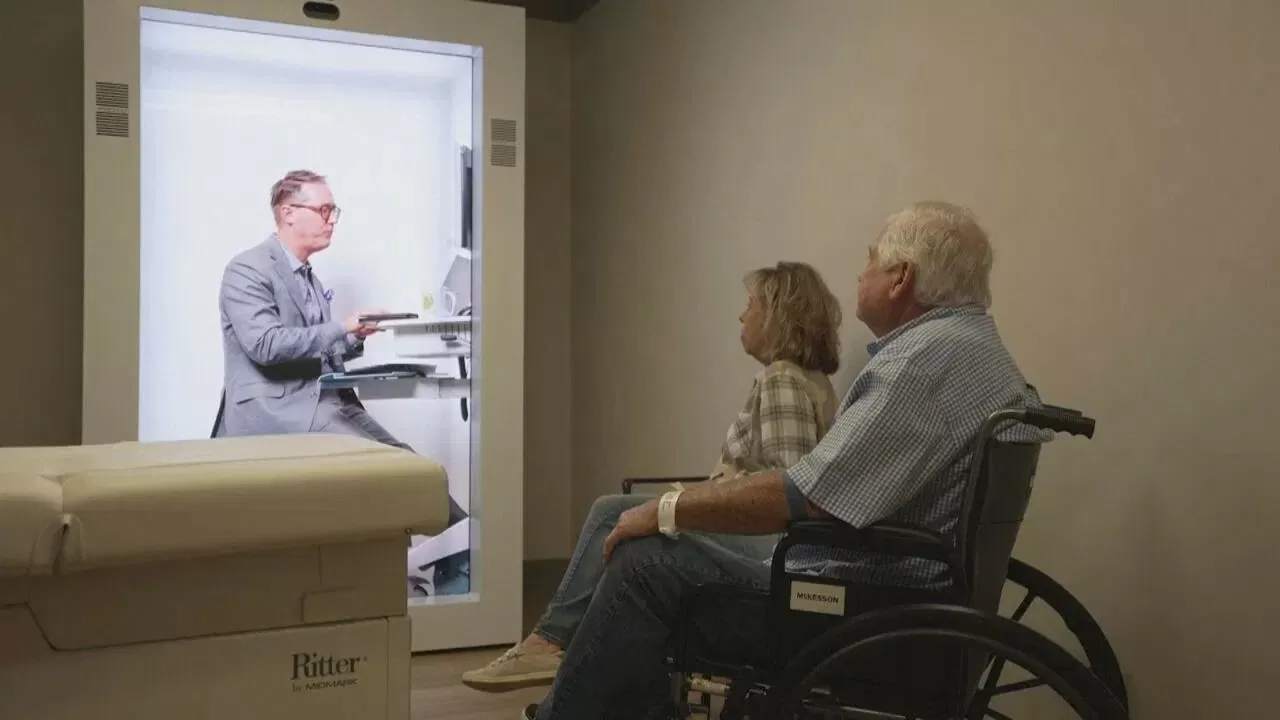 |
| Image of two people testing out a virtual visit from a health consultant using hologram technology. (Source: KOMO News) |
In the context of telemedicine developing strongly globally, a doctor in Tennessee (USA) has pioneered the application of hologram technology to examine and treat cancer patients in rural areas, opening up new prospects for access to high-quality medical services.
At West Cancer Center & Research in Memphis, palliative care specialist Dr. Clay Jackson is conducting “virtual” but highly realistic holographic visits. The technology allows doctors to “be present” in satellite clinics up to 100 miles away from the headquarters.
“For many patients, 100 miles (160 km) means 100 barriers to accessing healthcare,” said Dr. Jackson. “The ability to ‘travel’ to rural clinics allows me to see more patients locally, providing convenience and patient-centered care.”
Hologram technology not only helps overcome geographical barriers but also maintains the “human” quality in the medical examination and treatment process. Many patients said that the experience of being examined through holograms “feels like the doctor is actually in the room”. This initiative is expected to expand to many other rural areas in the US, where there is a severe shortage of specialists.
Hologram is a technology that creates vivid three-dimensional images using laser technology, allowing images to be displayed with high detail and realistic feeling. Compared with traditional telemedicine solutions such as video calls, holograms provide a more natural and intimate interactive experience.
According to the World Health Organization (WHO), about 50% of the world’s population lives in rural areas, but only about 20% of doctors and healthcare workers work in these areas. Hologram technology can help solve this problem by allowing doctors and healthcare workers to reach patients in rural areas more easily, thereby narrowing the gap in access to healthcare services between urban and rural areas.
Source









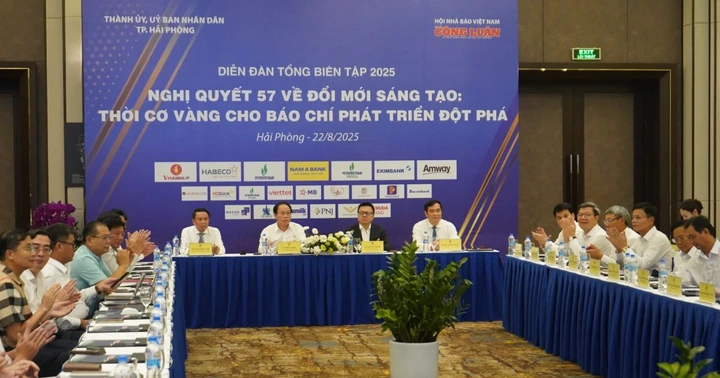

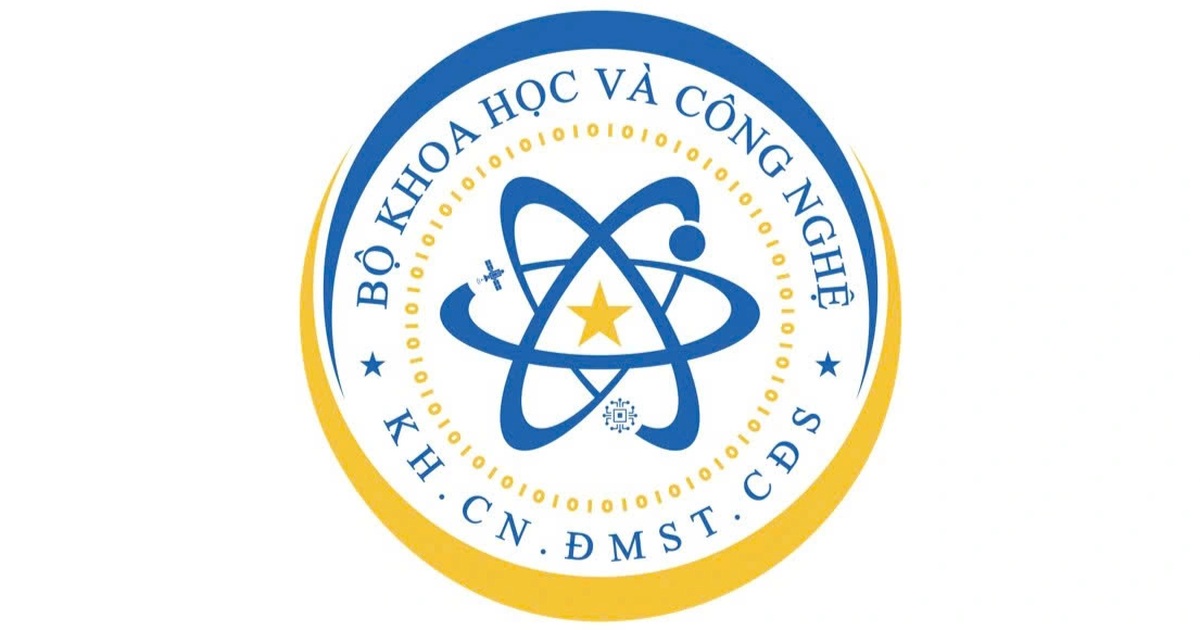

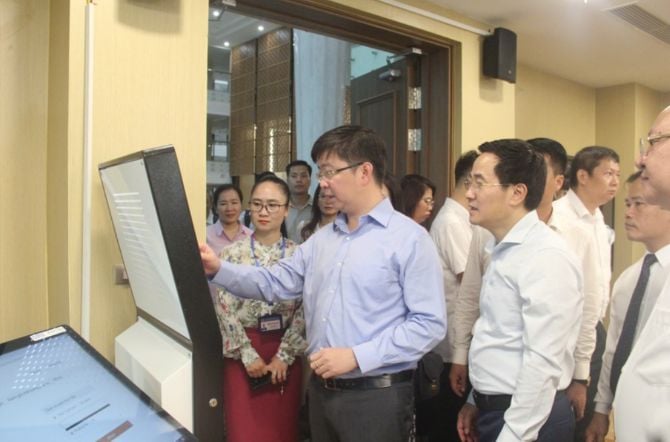

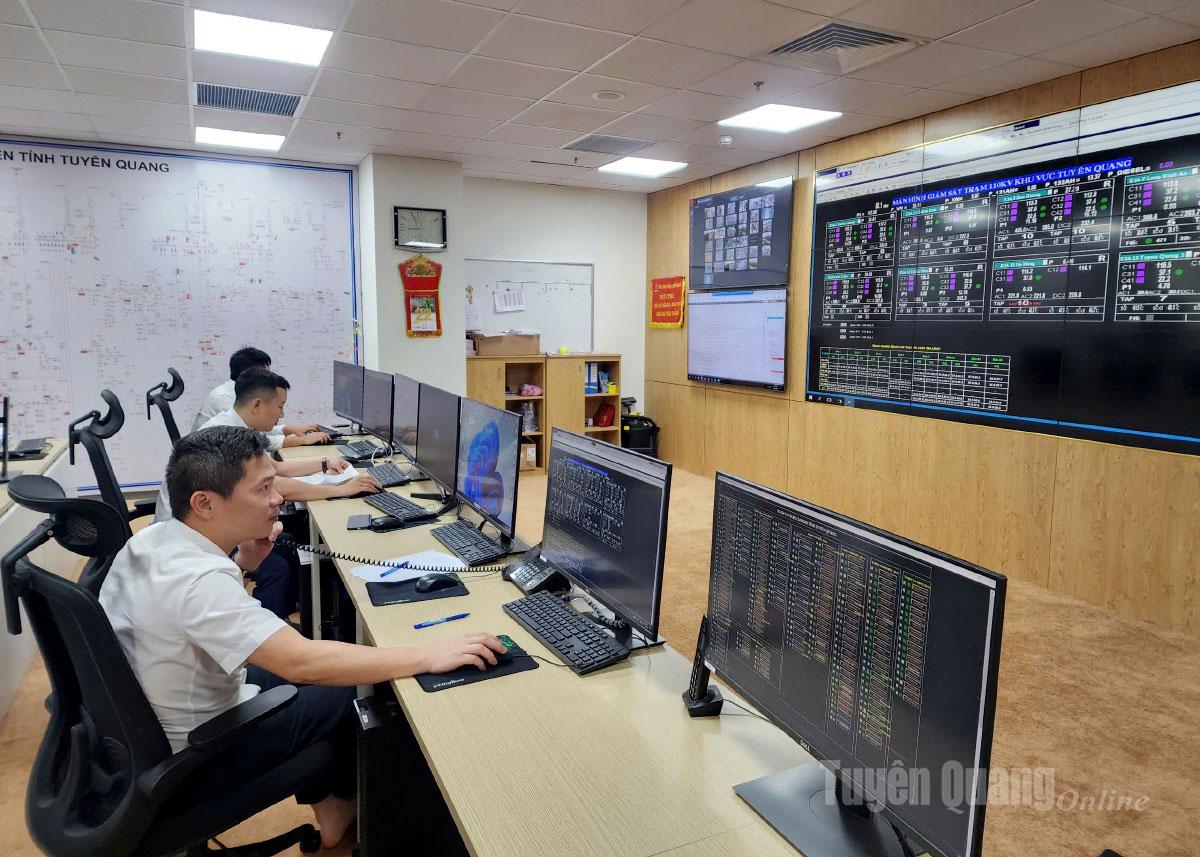









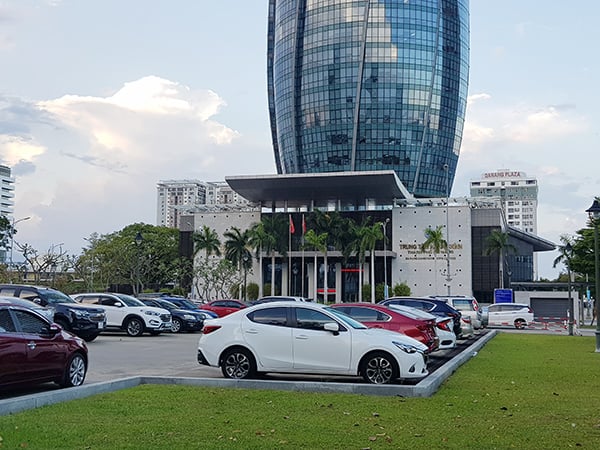
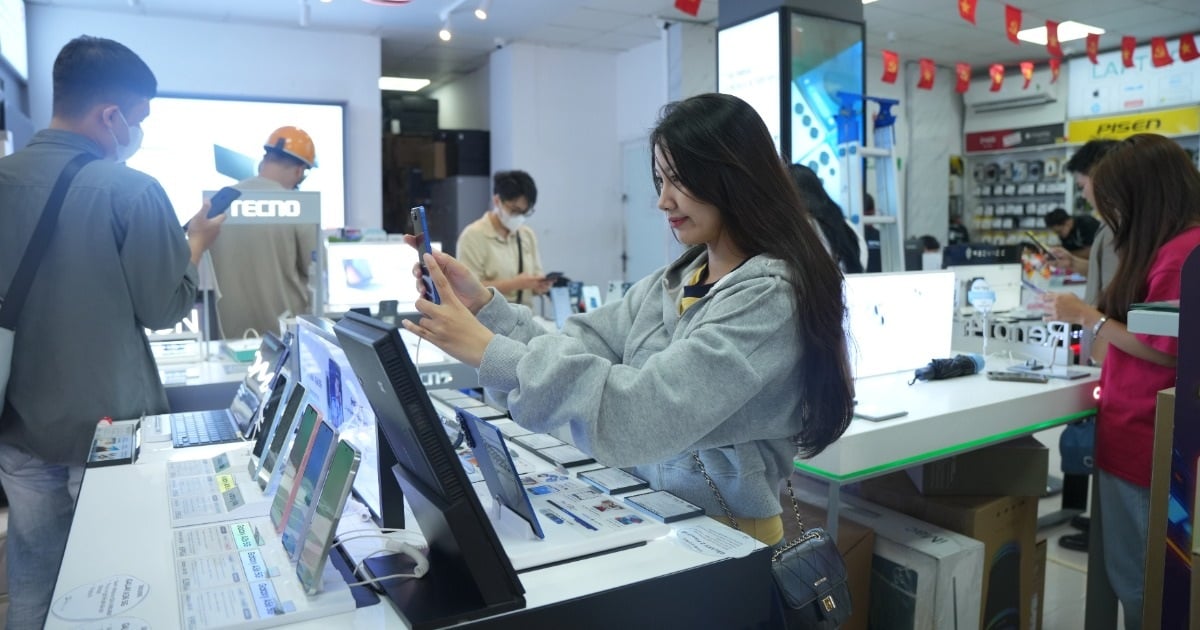






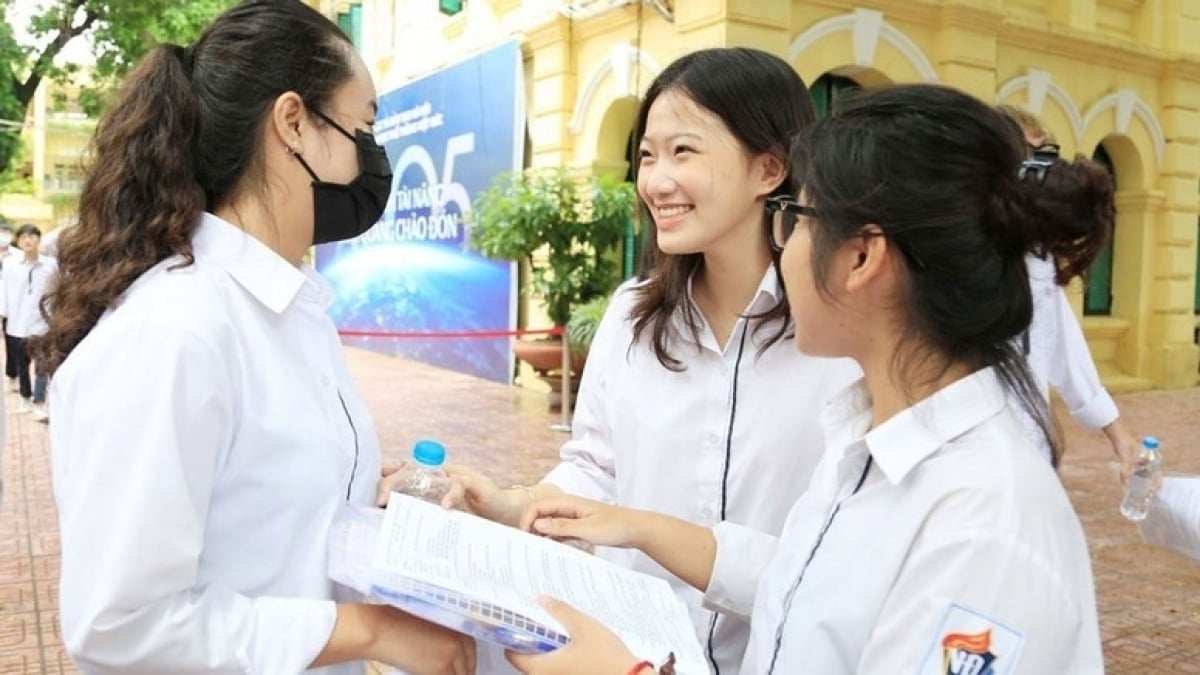



![[Photo] President Luong Cuong attends special political-artistic television show "Golden Opportunity"](https://vstatic.vietnam.vn/vietnam/resource/IMAGE/2025/8/22/44ca13c28fa7476796f9aa3618ff74c4)




































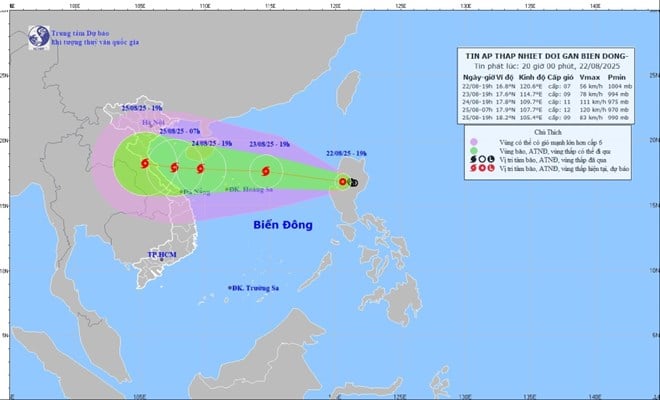

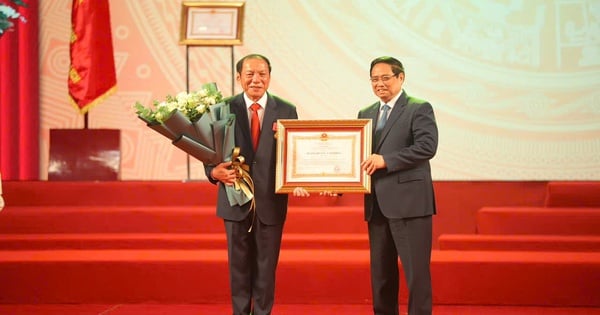

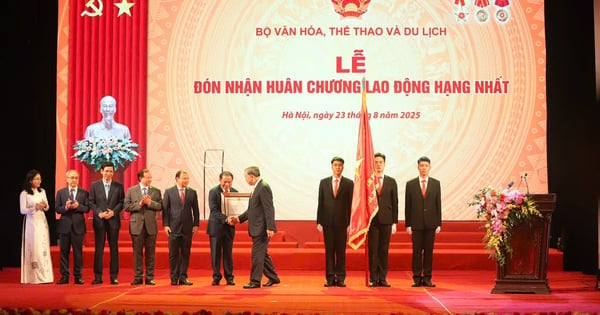
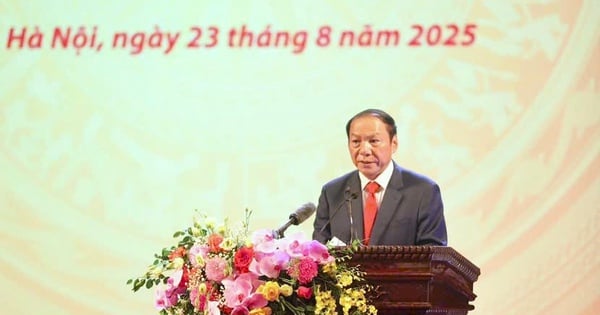
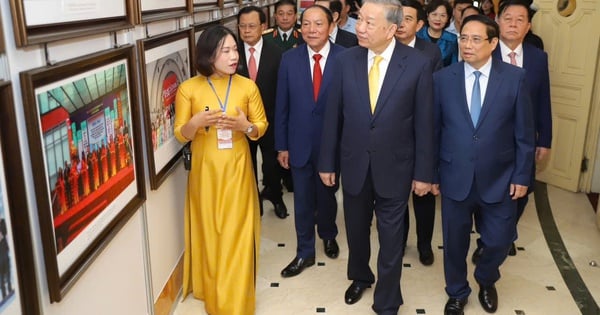



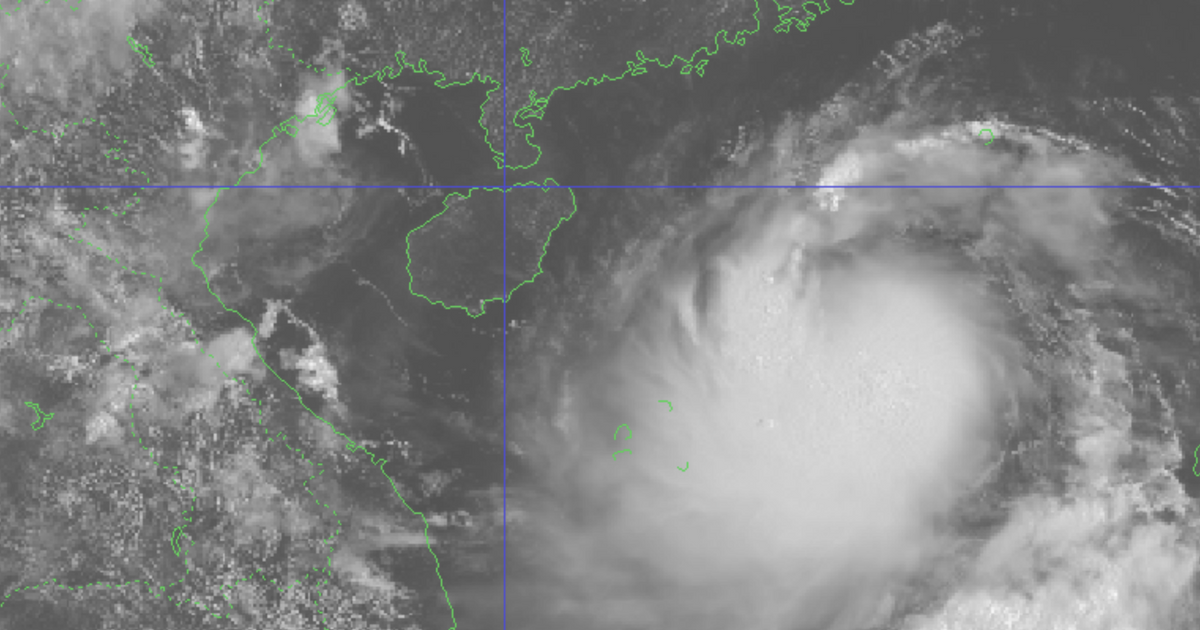



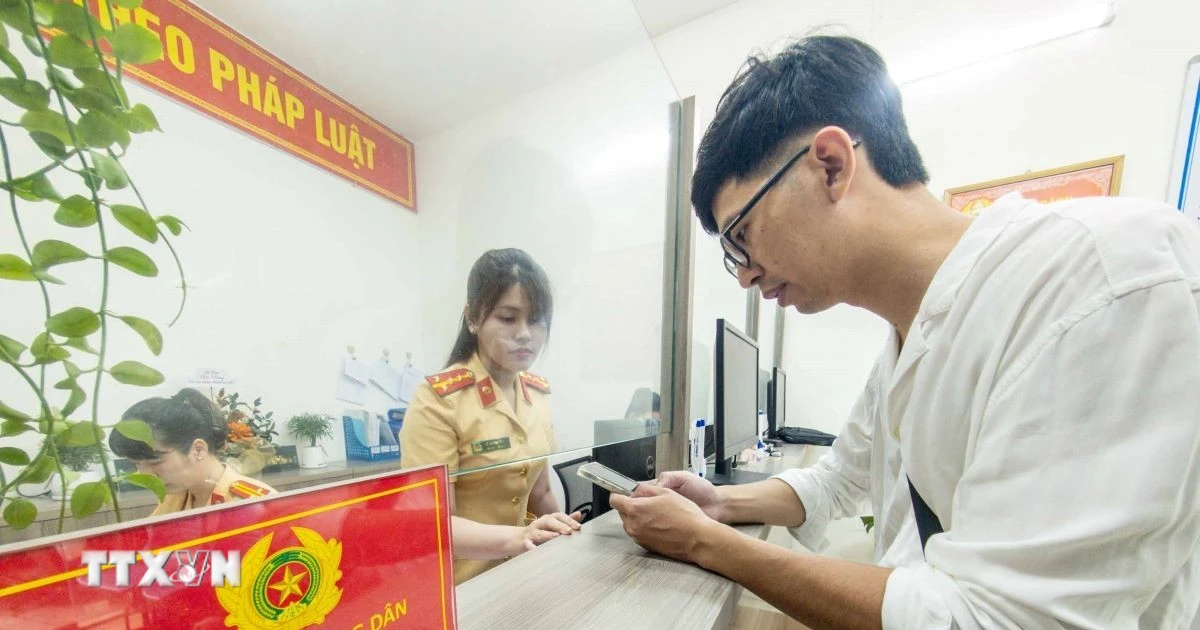



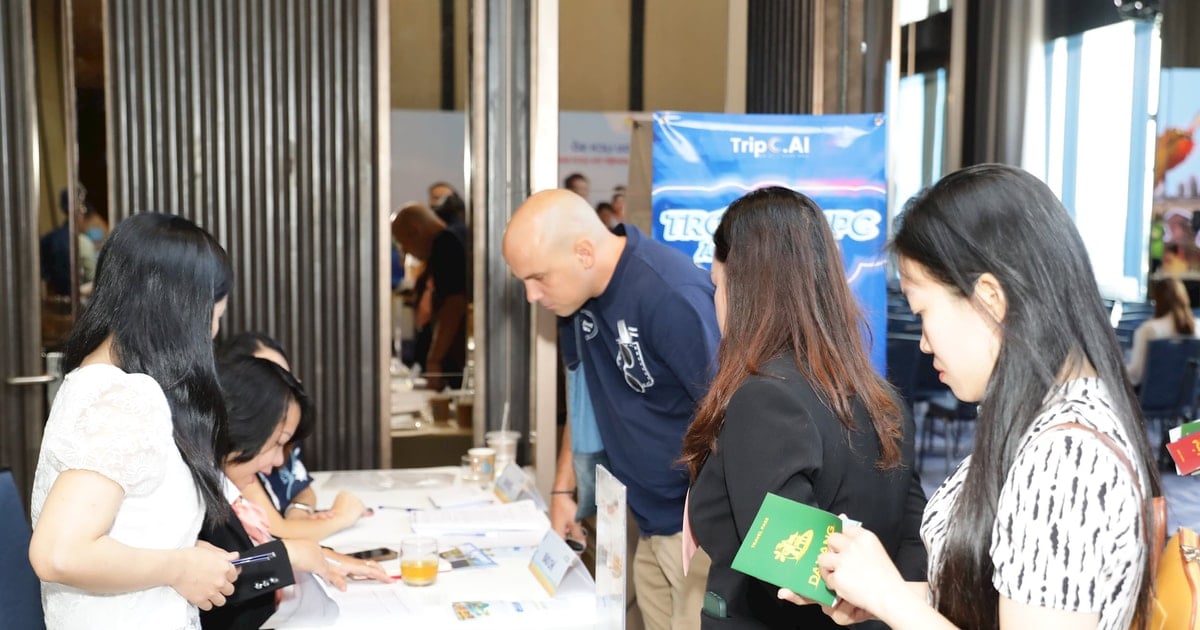

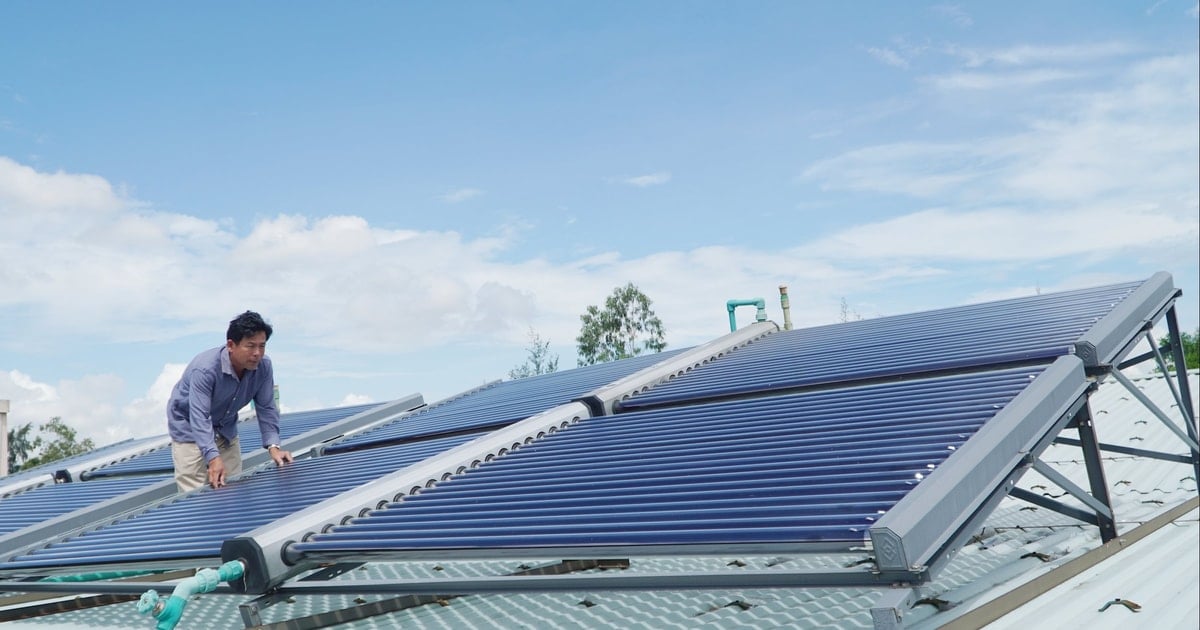




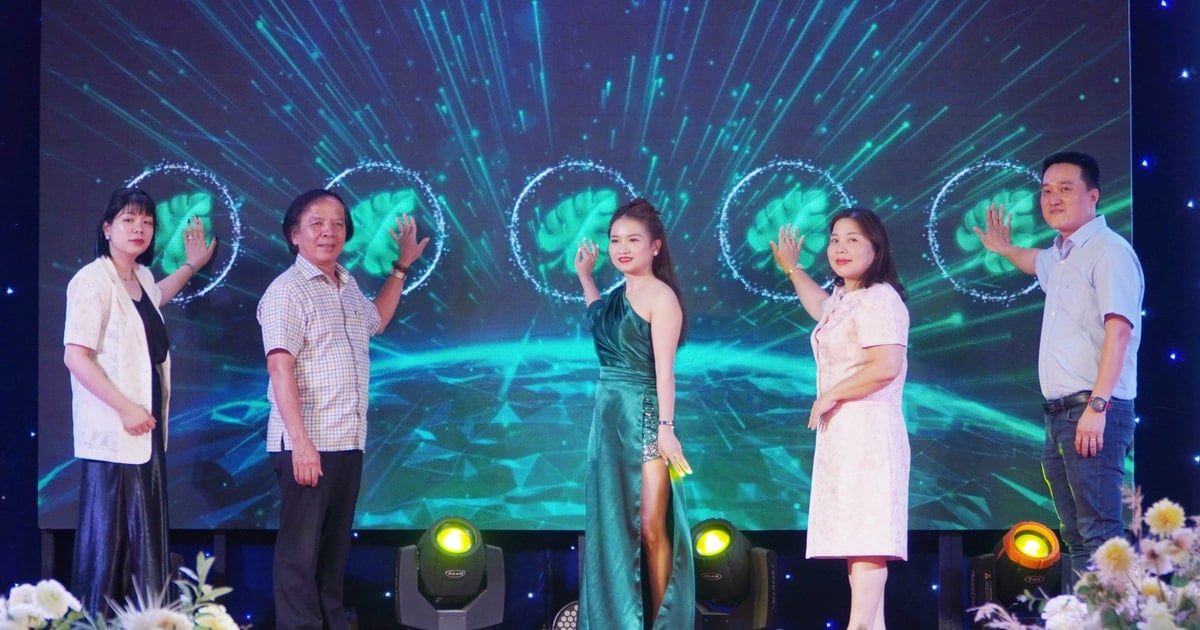






Comment (0)